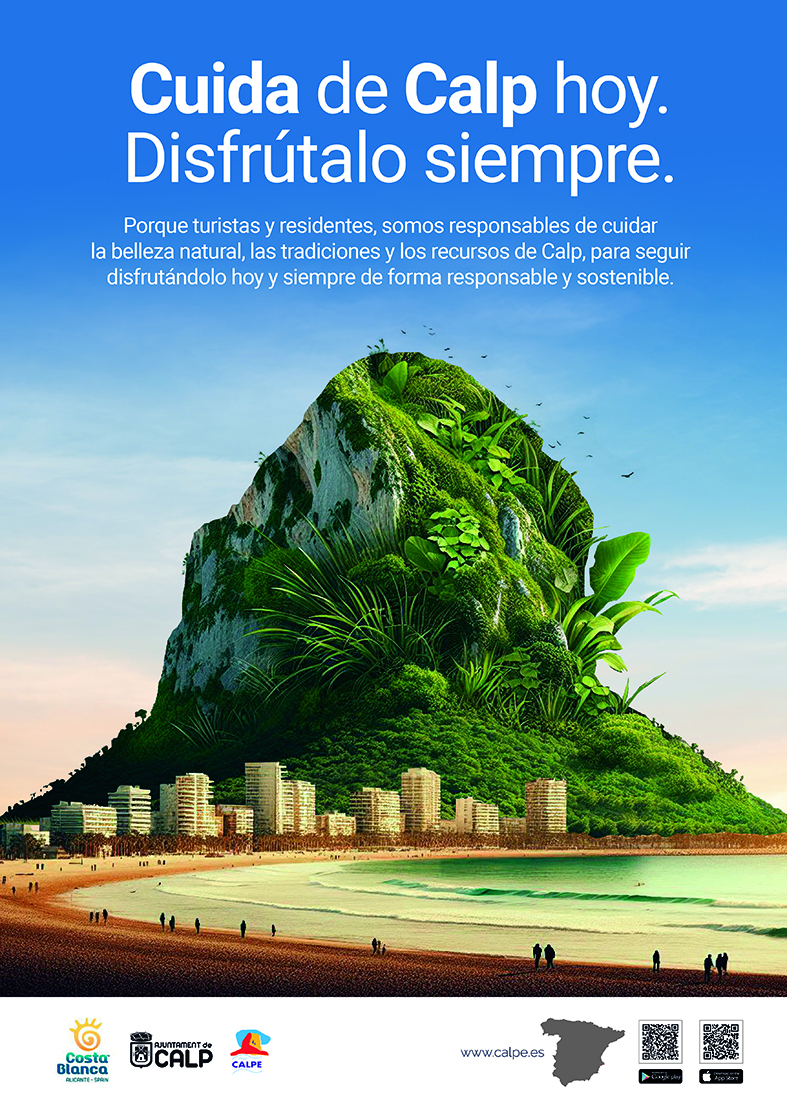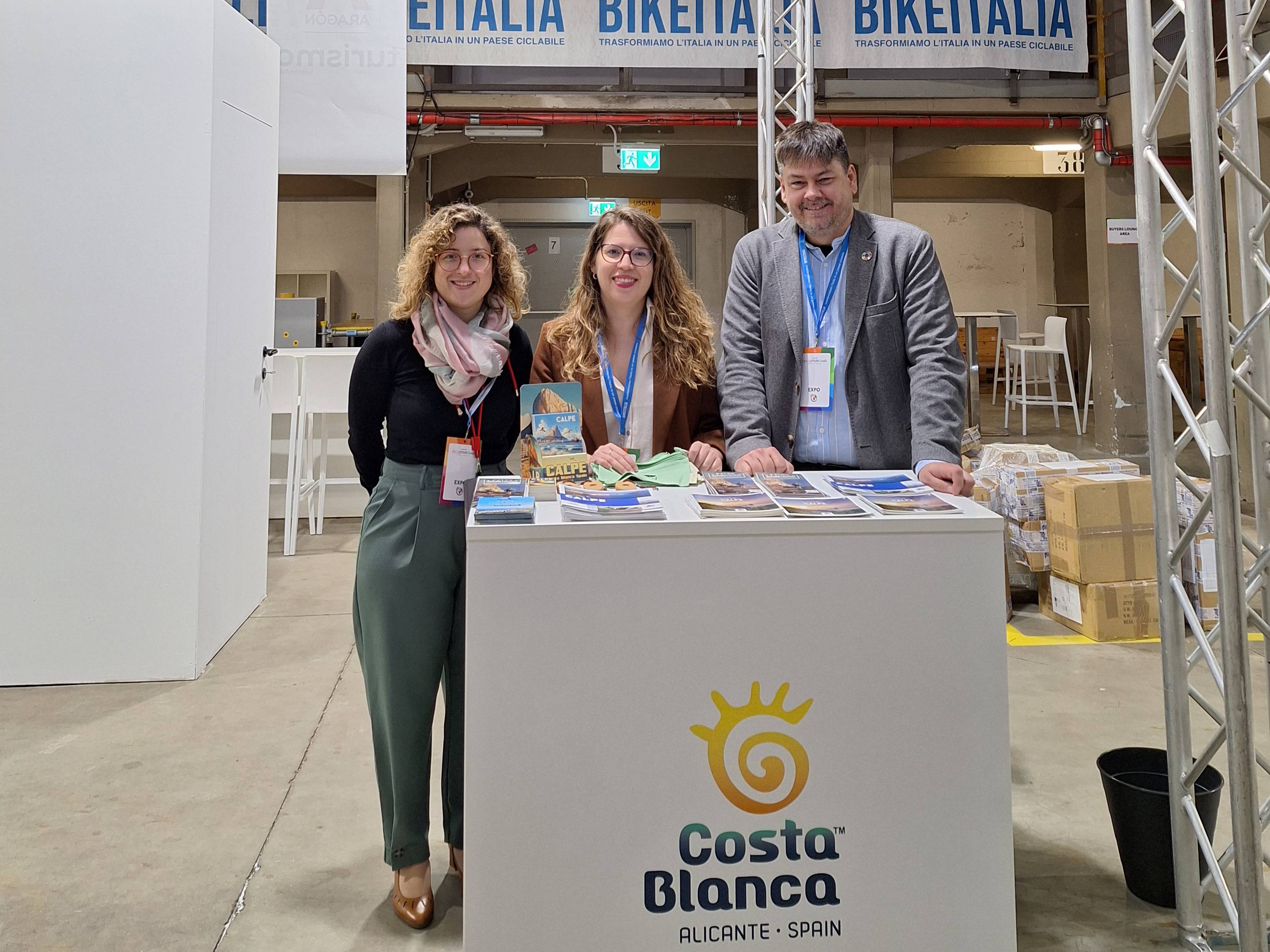2016’s supply and demand study shows a continuous growth in the occupancy and a high rate of touristic satisfaction. Since 2014, the average yearly touristic occupancy has raised from a 58% to a 69.65% in 2016. These are some of the details registered in the Touristic Supply and Demand Study carried out by the company PG Turística which was presented in public today by the Department of Tourism led by Jan Van Parijs.
The document, which will be available on the Tourism Department’s website, becomes an X-ray of the situation of the market and touristic cluster in the town. Calp’s average visitors are young tourists with a university degree, with no economic difficulties and who give priority to quality over price. In fact, the daily expense of a tourist in Calp it is estimated to be around 57.18 euros per person and day, excluding accommodation, transport and holiday package.
Regarding the type of accommodation, the rented house stands out with a 49.09%, followed by the owned property and the hotel stays in hotels of 4 stars or over. Regarding the reservation process in hotels, the use of online search engines is more popular, while for camping sites, direct reservations are more common.
Calp’s tourism is still familiar and for couples with an average length of 17 days. National tourists use their own vehicle to get to Calp and foreigners, especially those from Belgium and Great Britain, come by plane. The motivation to visit Calp is the beach (80.40%) and the climate (76.22%), followed by natural resources (32.29%), visiting family or friends (18.34%), night life (12.61%), owning a house in Calp (12.60%) and the restaurants and bars (11.08%).
The touristic offer is well considered, the most valued resources are the beaches, the environment and the natural resources, and basic services, safety, hotel equipment and information and cleaning services are deemed as positive. However, traffic and parking space are deemed as negative. All in all, Calp obtains an average rating of 8.38 over 10 from its tourists.
Another significant detail is the perception of the entrepreneurs on the stoppage of solar construction and its substitution with touristic activity, which has improved the residents’ quality of life, and has proved the tourism industry’s ability of assuming the role of economic engine.
The study ends trying to count the tourists yearly arriving to Calp, given the limitations to calculate this figure, by studying the water and electricity usage and waste production, as it is difficult to make a distinction between tourists and residents. The amount has been calculated according to the number of visitors in tourist offices (110,000 people): taking that number, and considering that a 32.6% of the tourists use the information points, they have estimated that Calp receives around 336,000 tourists every year.







